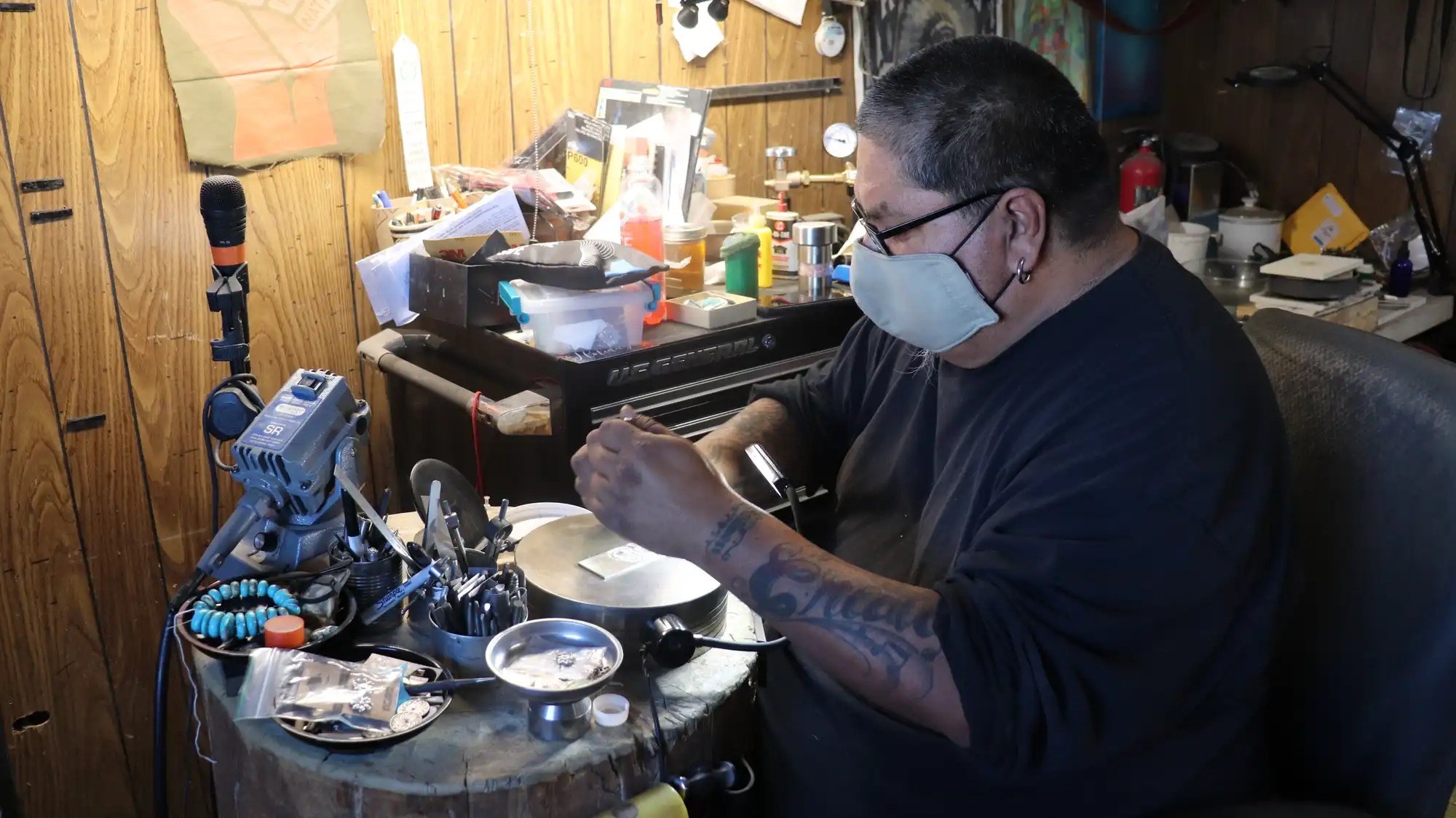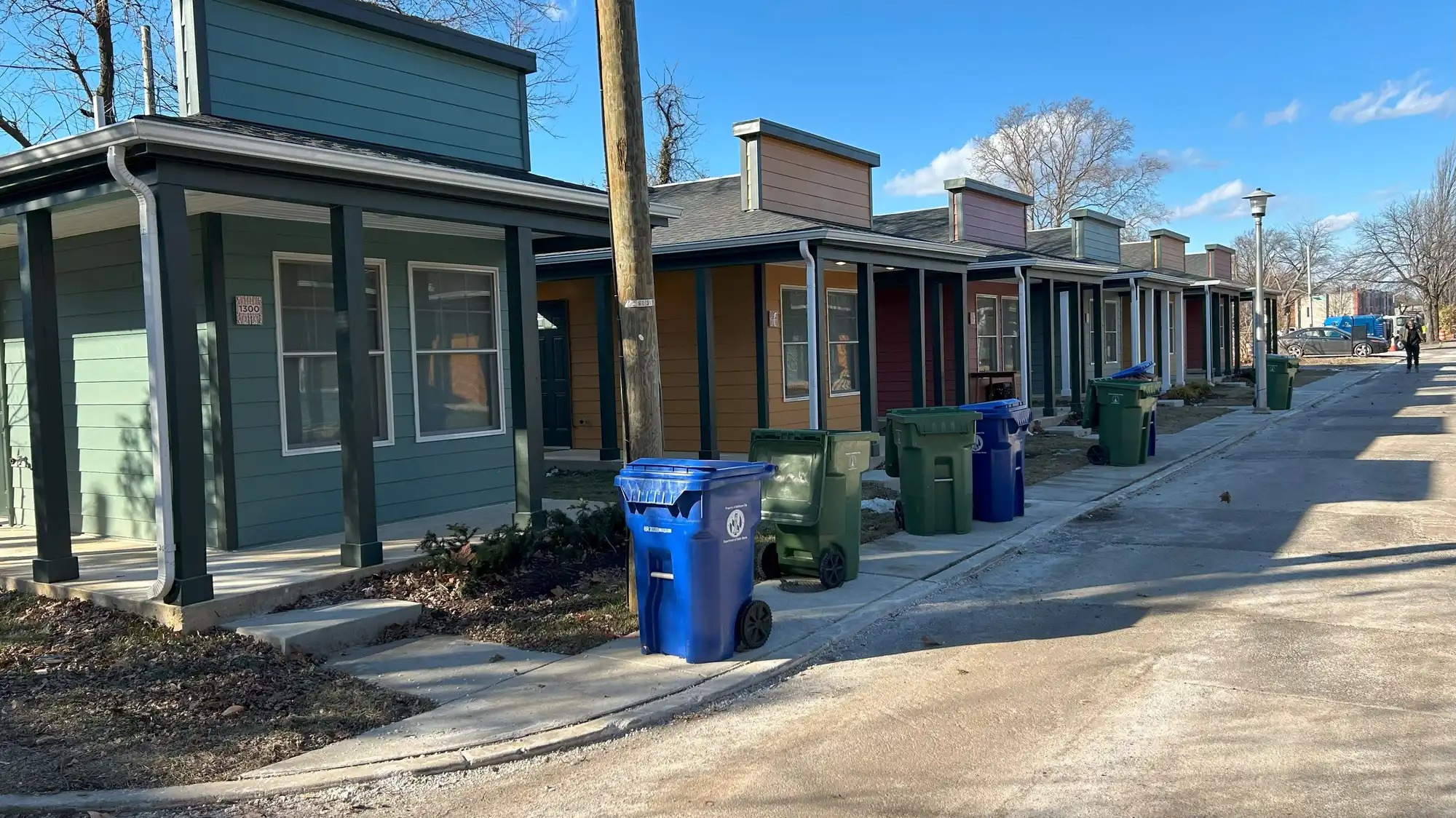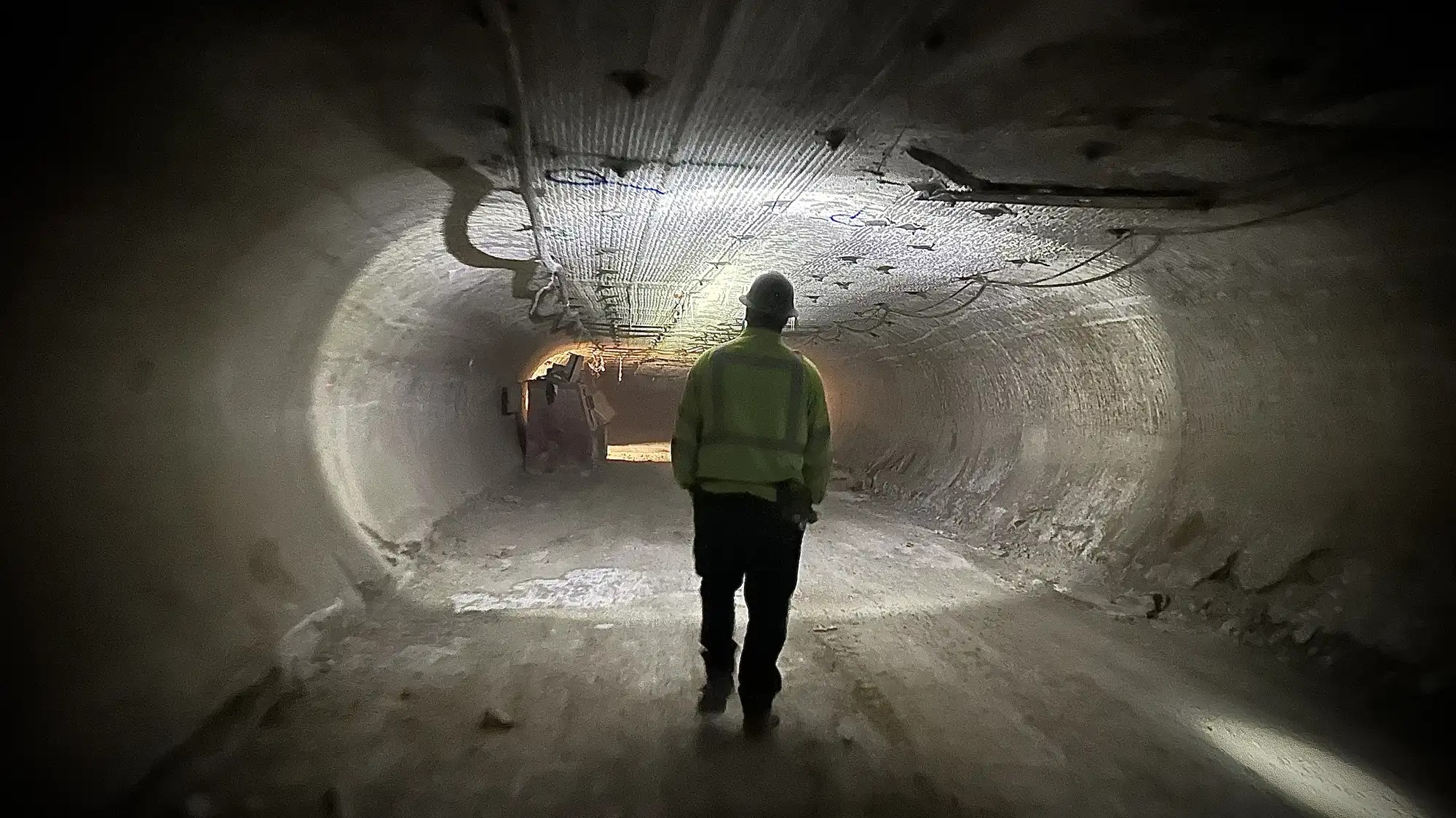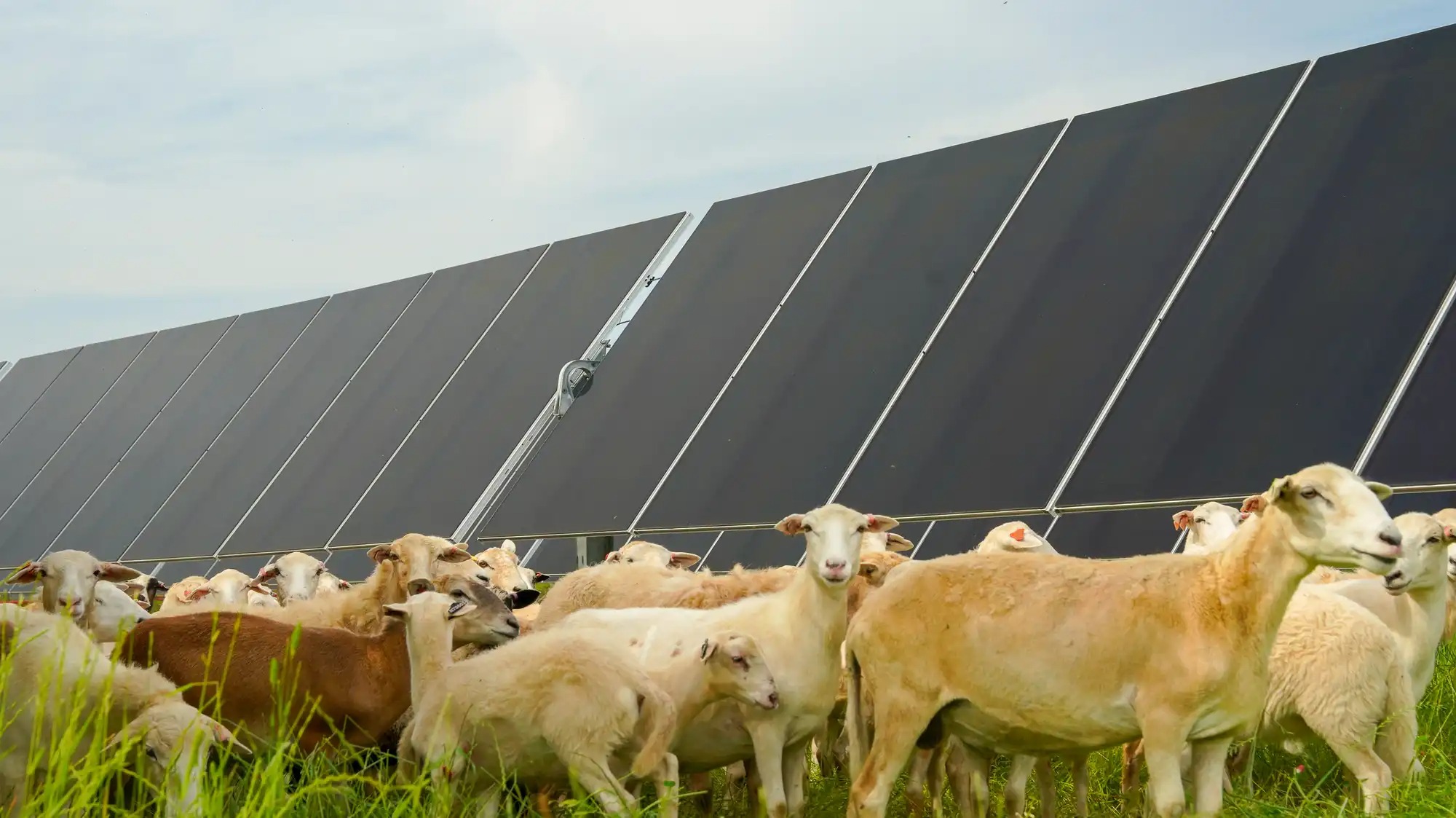Happy Fourth of July! Today, we’re bringing you some of the best recent business and economics reporting from around the nation, to read or listen to over the long weekend. We’ll be back with our regular newsletter next week! |
| |
|
|
|
 |
| JJ Otero, a Navajo and Hopi silversmith, working in his studio. (Savannah Peters/Marketplace) | | Indigenous silversmiths struggle amid surging silver prices and spending pullback |
| Silversmithing is a traditional artform and a livelihood for Indigenous artists across the southwestern United States. Marketplace’s Savannah Peters reported this story from Albuquerque, New Mexico. | |
At Thunderbird Supply Company’s midtown Albuquerque warehouse, you’ll find hanks of glass beads, turquoise and malachite stones by the pound. Behind a sales counter sits the company’s bread and butter: Sheets, loops and wire spools of silver, ready for artists to craft into bracelets, belt buckles, and squash blossom necklaces.
“They come in and they buy this kind of stuff and then when they show you what's made out of it you’re just like, ‘Wow, how do you even do that?’” said Mike Chavez, the store’s manager. “It’s like magic.” Chavez said most of Thunderbird’s customers are Indigenous: Navajo, Pueblo and Apache artists who sometimes drive hundreds of miles to buy silver here.
“We’re a specialty store. There’s not too many places where you can buy silver like this,” he said. “They come from Laguna, from Santo Domingo, from Santa Fe, some from Taos.” But sales were pretty slow on this Tuesday afternoon, when the base price of silver was surging on news that President Trump was weighing direct involvement in the conflict between Israel and Iran. The white board by the cash register showed prices were up 78 cents to a 13-year high of over $37 an ounce.
“A lot of people probably stayed home today and said ‘OK, I’ll wait till tomorrow and see what happens,’” Chavez said. “And if [the price] stays up they’re like, ‘Oh, crap. I’m gonna have to go buy it anyway because I have to finish this order.’” | | | |
|
|
 |
| Wambui Kamau/WYPR | | Tiny home development offers an affordable path to homeownership |
| In Baltimore, Hope Village is offering families, once unhoused and earning as little as $18 an hour, a chance to own homes of their own. WYPR’s Wambui Kamau reports. |
|
Formithia Cox recently moved into her one-bedroom, 400-square-foot home, where she lives with her husband and her mom. “The only thing we added in here was the television, the curtains and the items on the wall,” Cox said. The home came fully furnished, including a washer and dryer. During a tour, Cox’s mother, Aleaze Robertson, broke into song, overwhelmed with gratitude. “Let the church say, ‘Amen,’” she sang joyfully. Before marrying, Cox said she was housed, but her husband had been living in overcrowded, unsanitary conditions, sharing space with others.
“It was filthy,” she said. “We did not use the stove, the kitchen. We didn't use any of that kind of stuff. So, to go from that to this it's great.”
Cox works as a caregiver. Her husband, Marcel, is a delivery driver. Their mortgage is about $200 a month with a 5% interest. Cox called the move a fresh start. That’s what Chris and Pam Wilson intended when they built Hope Village. The couple poured some of their retirement savings into the $1.7 million project. The idea began a decade ago when they delivered meals to families experiencing homelessness. They wanted to be part of a more stable, permanent housing solution.
“These people were so enthusiastic when they got their deeds,” said Pam. "Their faces lit up. We congratulated them, and they have been flying ever since.” |
| | |
|
|
| Get smarter with Marketplace texts | | Sign up to receive occasional tips to help you make the most of your money and live smarter. You'll also be the first to know about exclusive Marketplace merch and events in your area. |
| |
|
|
 |
| Miner Kale Pitt walks through a southwest Wyoming trona mine, which is 1,600 feet underground and has a total of 3,000 two-track roads. (Caitlin Tan/Wyoming Public Media) | | Trade war anxiety, 1,600 feet underground in a Wyoming trona mine |
| The mineral, which goes into baking soda and glass, is the state’s biggest export. The industry is bracing for impacts from reciprocal tariffs. Wyoming Public Media’s Caitlin Tan reports. |
|
A giant cage elevator lowered miner Kale Pitt and his hard hat from the surface of the sagebrush desert of southwest Wyoming into the underground world of trona mining. “Tiny light at the very bottom is where we're headed, a little over 1,600 feet [deep],” said Pitt. Down there are remnants of Wyoming’s prehistoric subtropical past. This corner of the state was once crawling with alligators and turtles 50 million years ago. There was a giant lake, which helped form layers of trona — some of the
world’s largest deposits.
It’s a white-ish, flaky, translucent mineral. Globally, many rely on Wyoming for it, because it goes into everyday things, like windows, beer bottles, laundry detergent and kitty litter. But President Trump’s tariffs could disrupt that global market. To help understand the dynamics at play, Pitt gave a tour of where the supply chain starts: the downstairs of the operation at Tata Chemicals. The company, based in India, is one of four main companies mining trona in southwest Wyoming. The elevator clunked as it descended into the depths of the Earth. The air got warmer, and dust filled one’s eyes, nose and mouth.
Four minutes later, the cage opened up to a dark abyss of mine tunnels.
“You guys ready?” Pitt asked. His headlamp caught the shimmers of trona crystal on the walls, ceiling and floor. “Kind of has a hollow-type sound to it,” he said, tapping a few hand-sized pieces together. The mine operates 24/7. In the rock wall there are carved out lunch rooms and a diesel and tire shop. Also, huge equipment — all of which came down on the elevator shaft. Employees work 12-hour shifts mining those sparkling chunks of rock, which are processed into a fine white powder called soda ash. It’s an ingredient in so many things we all use, like baking soda, windows and even the
batteries in your phone.
“Ninety percent of the world's economically mineable trona is here — you’re on top of today,” said Jon Conrad, TaTa Chemicals’ director of governmental affairs. | | | |
|
|
| Help lead the future of public media and Marketplace |
| Are you passionate about raising the country's economic intelligence? We are seeking strategic, innovative leaders to join the Minnesota Public Radio | American Public Media Board of Trustees, a group of national leaders helping to shape the future of economic journalism and philanthropy. |
| |
|
|
 |
| Matthew Pearson/WABE | | Georgia farms mix solar with agriculture |
| Concerns about farmland loss have sparked opposition to solar, from local advocates to the White House. Emily Jones of Grist and
WABE News reported this story. |
On a vast property in southwest Georgia, Tyler Huber raises sheep. Even in the morning, the notorious Georgia sun had already been beating down for hours. “It is incredibly hot. The sun is just unavoidable, and the fact that they’ve got shade every 15 feet out here — it’s just the ideal environment, to have shade so close,” he said.
The shade comes from solar panels, using that same relentless sunshine to generate energy. The sheep, in turn, have a job to do: They cut down on mowing costs. Huber is the si | | |
|
|
|